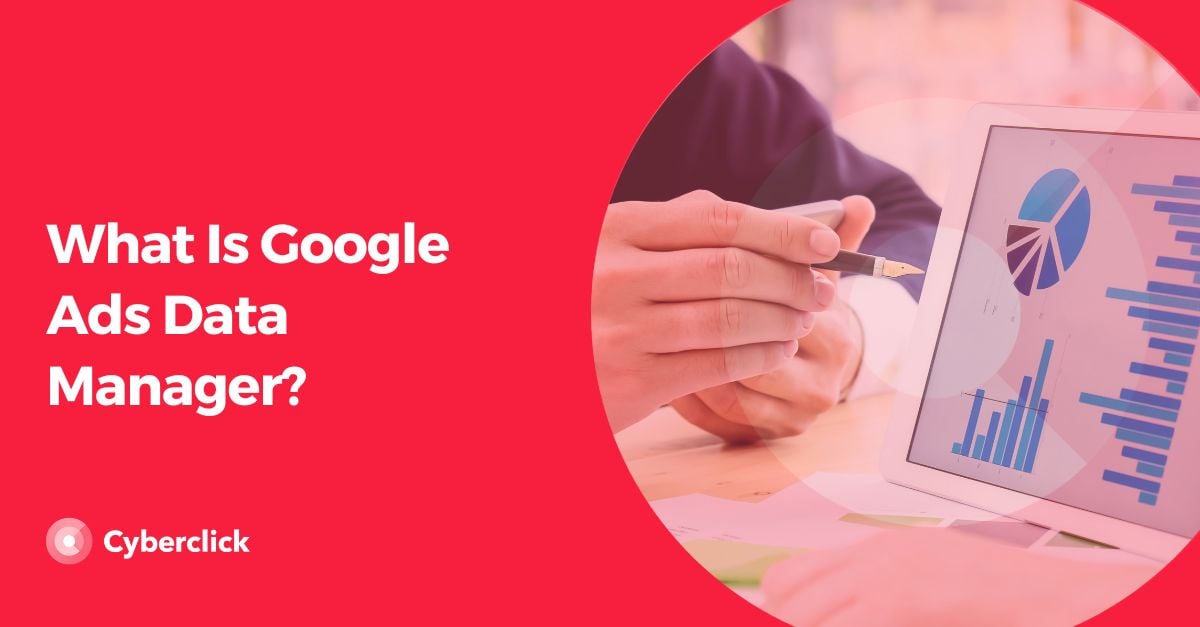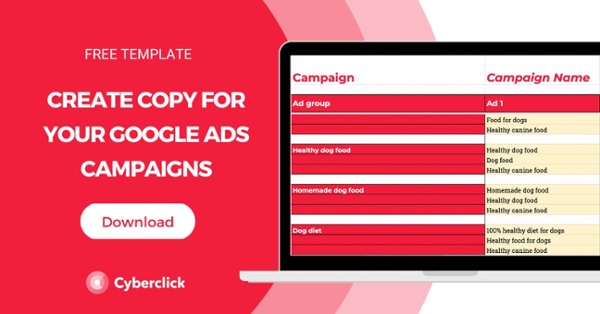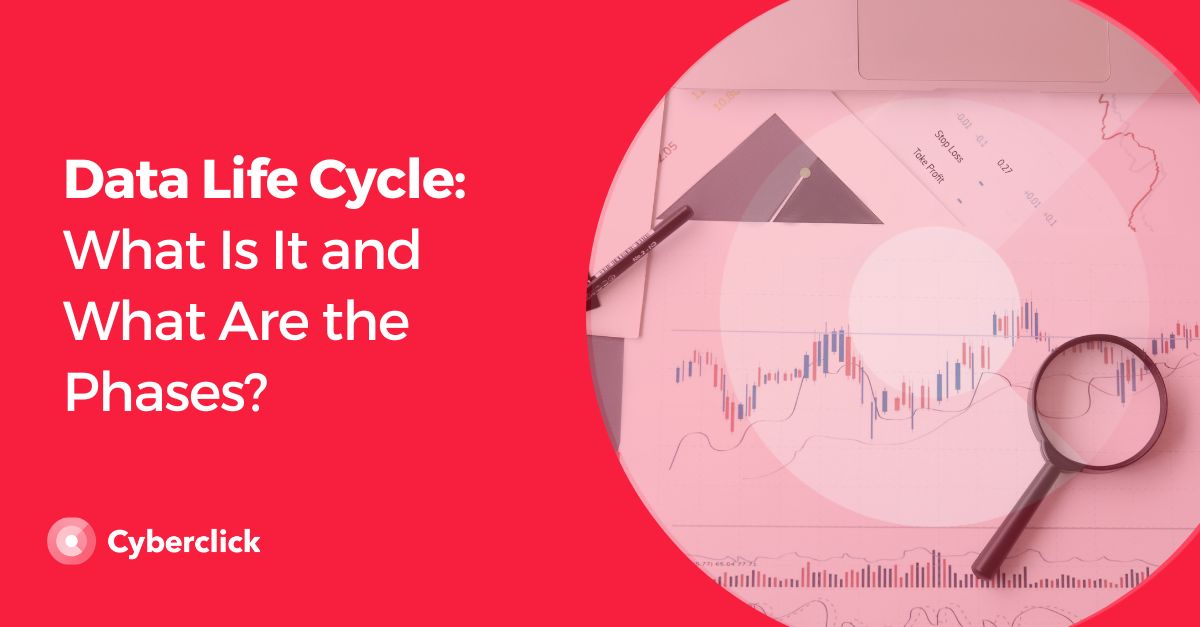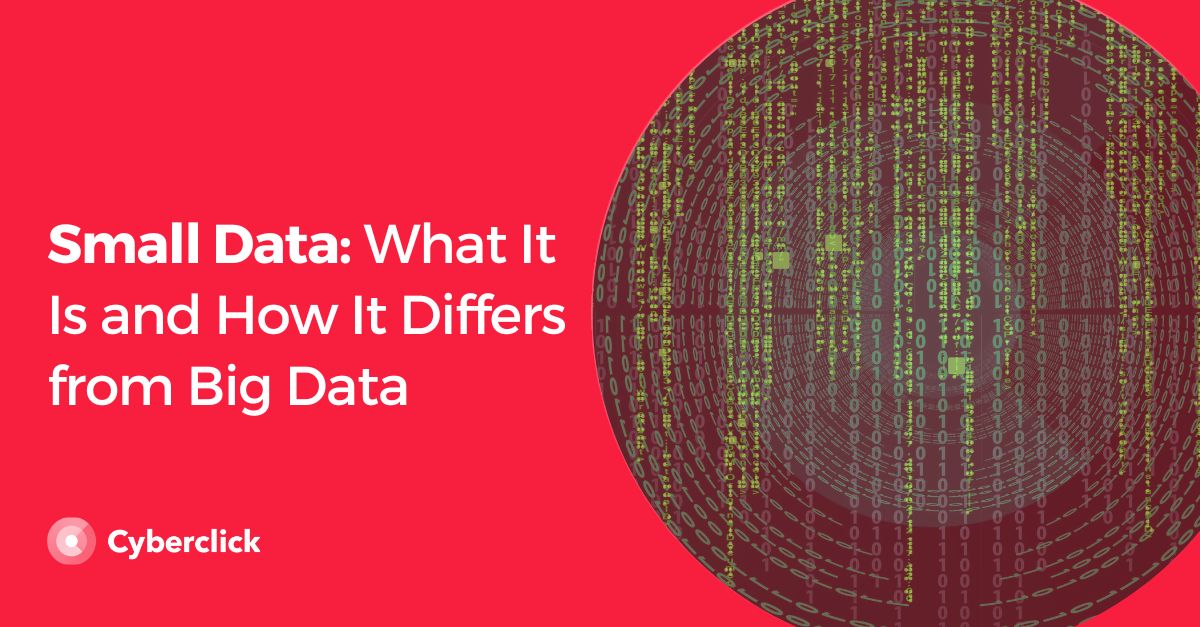Google Ads Data Manager is a Google advertising tool designed to measure the performance of ads published on various Google platforms. Notably, it distinguishes itself by not relying on browser cookies for analysis. Google Ads Data Manager operates by integrating with proprietary data.
This tool integrates customer data stored on platforms like your data center or customer relationship management (CRM) system, as well as data in the cloud resulting from your Google Ads campaigns.
The plan is to make Google Ads Data Manager available on Google Ads in 2024 for all users. Currently, only select accounts have access to this tool.
If you are among those who can use Google Ads Data Manager, you'll find it in the Tools section of your Google Ads profile, specifically under the Data Manager option. Moreover, you might already have the option to integrate the tool with platforms like Pipedrive, Zapier, and Salesforce, among others.

Understanding Google Ads Data Manager
For marketing experts or those regularly in contact with them, the complexities of working with first-party data are likely familiar. Google Ads Data Manager aims to address this issue by simplifying the process for companies that need to measure proprietary data. This becomes crucial as relying on third-party data becomes increasingly challenging. Google Ads Data Manager not only consolidates and manages first-party data generated from Google Ads in one place but also features a user-friendly interface.
By negating the necessity for different tools to use first-party data, Google Ads Data Manager streamlines the entire process related to managing data from various Google platforms.
Benefits of Google Ads Data Manager
As mentioned, Google Ads Data Manager allows companies to easily centralize all first-party data in a user-friendly tool, requiring no high-level technical expertise.
Beyond these positives, there are numerous other benefits to this Google tool. Let's take a look.
- Enhances Team Collaboration: Marketing experts within the same company can find all relevant information about their first-party data in one place, making data usage more efficient and accessible.
- Connects with Various External Data Sources: It synchronizes with CRMs, CDPs, analytics systems, and customer databases, providing a wealth of campaign data for improvement.
- Improves User Experience: Unlike third-party cookies that may slow down website loading, Google Ads Data Manager offers a more attractive online experience for consumers, boosting satisfaction and loyalty.
- Boosts Conversions: Initial tests by Google with Google Ads Data Manager users showed improved conversion rates and more precise measurement.
- Enhances Customer Segmentation: The segmentation achieved is more precise, personalized, and relevant, thanks to access to a broader range of data.
The Birth of Google Ads Data Manager
The imminent removal of third-party cookies is a key factor. Many browsers, including Google Chrome, are increasingly limiting the presence of third-party data. To gather user data, brands are compelled to strengthen their first-party data.
The elimination of third-party cookies is primarily attributed to the General Data Protection Regulation (GDPR) of the European Union, enacted in 2018. This regulation grants users the right not to be tracked without their consent and to control their personal data, which is contrary to what third-party cookies do.
The California Consumer Privacy Act (CCPA) in the United States, effective in 2020, similarly asserts users' rights to own their personal data online.
Beyond legal compliance, third-party cookies complicate website usage and slow down loading times. Despite their widespread use, the announcement of their imminent removal was unwelcome in the marketing industry due to the wealth of data these cookies provided.
However, more browsers are implementing tools to bolster first-party data and assist companies in ethically and respectfully collecting data.
In addition to developing Google Ads Data Manager to help companies collect and analyze first-party data from their Google campaigns, Google has also launched Privacy Sandbox. This initiative enables websites to display relevant ads to users without tracking their activity. This is possible through the implementation of different technologies. At the time of writing, Privacy Sandbox is still in development.
If you work in marketing or run online advertising campaigns and haven't yet delved into first-party data, it's recommended to start now to avoid being caught off guard. While Google consistently delays the complete removal of third-party cookies, it is inevitable, and being unprepared can significantly impact your campaigns. It's advisable to stay informed and work with the tools mentioned in this article.
According to Google, currently, less than a third of marketing experts consciously use and integrate their first-party data, so it's time for this to change.
Graduado en Telecomunicaciones y Doctor en Fotónica por el Instituto de Ciencias Fotónicas. Cuenta con más de 5 años de experiencia trabajando con Google Ads y Google Analytics, gestionando estrategias de SEM y todo tipo de campañas a través del embudo, desde búsqueda hasta Youtube.
Graduated with a degree in telecommunications and holds a PhD in photonics from the Institute of Photonic Sciences. He has more than 5 years of experience working with Google Ads and Google Analytics, managing SEM, and all campaigns type across the funnel from search to Youtube.






Leave your comment and join the conversation